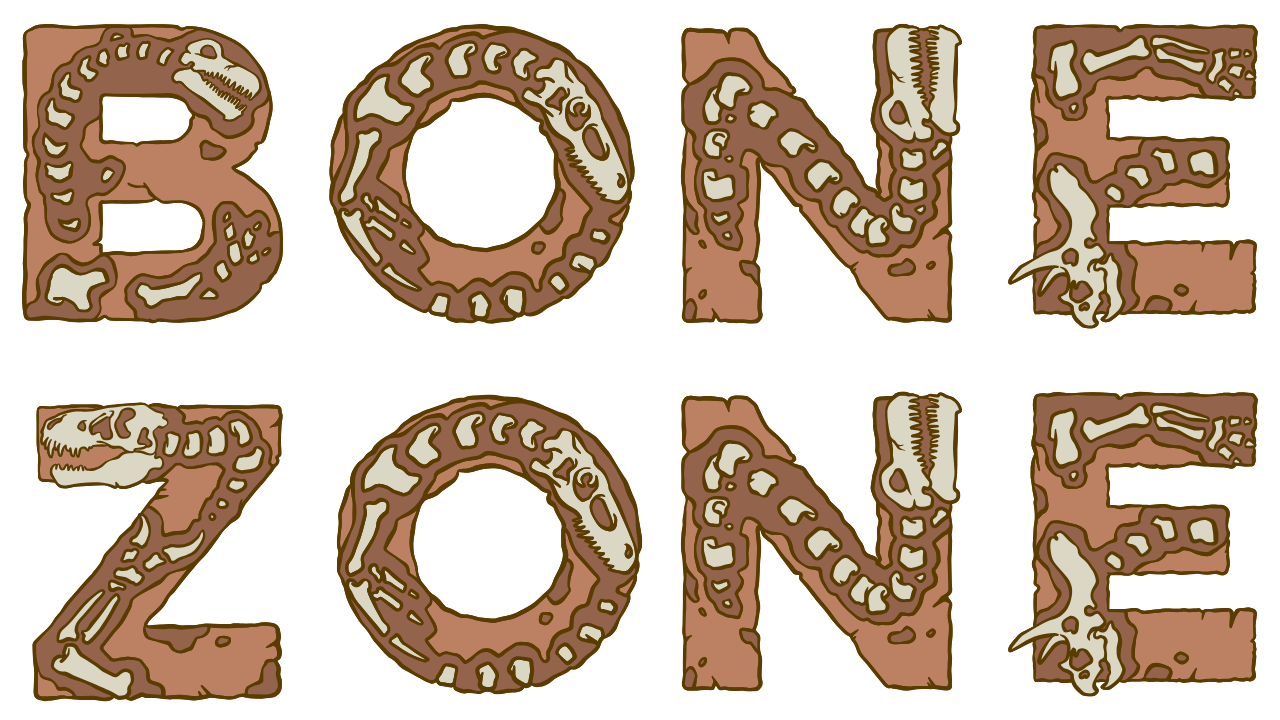












Professional techniques and insider secrets for successful fossil hunting
Road cuts, stream beds, and cliff faces where weathering naturally exposes rock layers. These are often the most productive spots.
Check creek beds after storms - water erosion reveals fresh fossils. Look in gravel bars and along undercut banks.
New excavations and quarries (with permission) can expose previously buried layers. Always get proper authorization first.
Wave action constantly erodes cliffs and brings fossils to the surface. Check after storms for the best finds.
Fossils are heavy and collect in low spots. Look in gullies, at the base of slopes, and where streams slow down. Gravity is your fossil-hunting friend!
Get a proper geological hammer (16-24 oz). Flat head for splitting, pick end for precision work.
Essential for examining small details and confirming fossil vs. rock patterns.
Ruler, calipers, and scale cards for documentation and size reference.
Safety glasses, gloves, hard hat. Flying rock chips can cause serious injury.
Newspaper, bubble wrap, small boxes, labels, and waterproof markers for proper storage.
Record exact locations! Future research may make your "junk" finds valuable.
Fossils often have different colors than surrounding rock - look for contrasts in browns, grays, and whites.
Nature rarely makes perfect circles, spirals, or symmetrical patterns. These usually indicate fossils.
Segments, ribs, or repeated elements often indicate shells, vertebrae, or plant stems.
Fossils may be smoother or rougher than surrounding rock, or show fine details like growth lines.
Rain washes away loose sediment and reveals fresh surfaces. Wait for the mud to dry, then hunt!
Winter frost cracks rock and spring thaw reveals new fossils. Early spring is excellent hunting time.
Early morning and late afternoon light creates shadows that highlight fossil details and textures.
Some locations are only accessible during certain seasons due to weather, vegetation, or regulations.
Work slowly and carefully. Remove matrix gradually, leaving extra rock around delicate specimens.
For fragile fossils, apply tissue paper with diluted glue or consolidant before moving.
Wrap specimens individually in newspaper, then pack with padding. Label everything immediately.
Keep a waterproof field notebook. Draw sketches and record observations while details are fresh.
Experienced fossil hunters develop pattern recognition through practice. Start by visiting known productive localities and museums to train your eye on confirmed specimens. Join local geology clubs and go on guided field trips.
Collect sediment samples for lab screening. Many locations yield tiny teeth, scales, and shells invisible in the field.
Collect systematically through rock layers to understand the progression of ancient ecosystems.
Use geological maps, academic papers, and online databases to target specific formations and time periods.
Work with local universities and museums. Many institutions welcome skilled volunteers and amateur contributors.